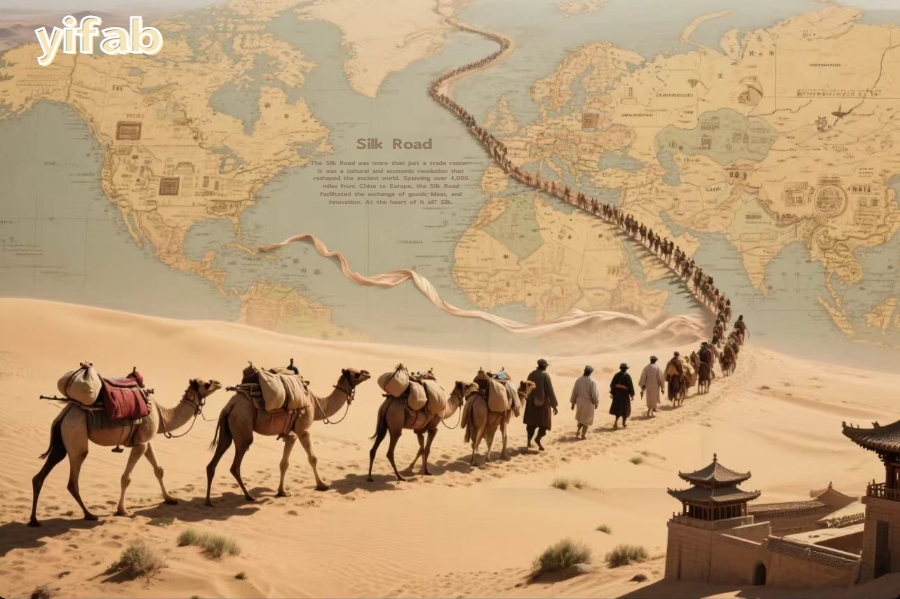Silk Road: How Silk Changed Global Trade
Blog post description.
7/11/20251 min read


Silk Road: How Silk Changed Global Trade
The Silk Road was more than just a trade route—it was a cultural and economic revolution that reshaped the ancient world. Spanning over 4,000 miles from China to Europe, the Silk Road facilitated the exchange of goods, ideas, and innovation. At the heart of it all? Silk.
1. The Birth of Global Trade
Silk, first developed in ancient China, became one of the most coveted luxury items in the world. Lightweight, lustrous, and elegant, it was prized by emperors, merchants, and royalty alike. As Chinese silk made its way west, it sparked one of the earliest forms of global commerce.
2. Economic and Cultural Impact
Silk was so valuable it was often used as currency. Its trade fueled economic growth across Asia, the Middle East, and Europe. Along with goods like spices and gems, the Silk Road spread technologies, languages, and religions—making it a powerful driver of globalization.
3. Influence on Fashion and Art
Silk transformed fashion across continents. From Persian robes to Roman tunics, silk became a status symbol in many cultures. Its influence can still be seen in traditional clothing and textile art around the world today.
4. Legacy in Modern Trade
The legacy of the Silk Road lives on. Modern fashion and fabric industries still rely on silk as a premium material, while global trade networks echo the connections first forged by ancient merchants.
At “yifab.com”, we honor this rich history with our curated collection of silk fabrics—bridging the past and the present through timeless craftsmanship.
Experience the fabric that changed the world. Shop premium silk today.
